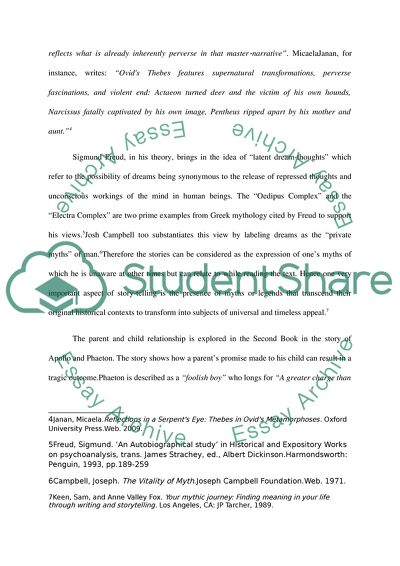Cite this document
(Human Experience in Ovid Metamorphoses Book Report/Review, n.d.)
Human Experience in Ovid Metamorphoses Book Report/Review. Retrieved from https://studentshare.org/literature/1835951-mythic-writing-transcends-the-historical-moment-it-connects-human-experience-across-time-to-what-extent-do-you-agree-with-this-statement
Human Experience in Ovid Metamorphoses Book Report/Review. Retrieved from https://studentshare.org/literature/1835951-mythic-writing-transcends-the-historical-moment-it-connects-human-experience-across-time-to-what-extent-do-you-agree-with-this-statement
(Human Experience in Ovid Metamorphoses Book Report/Review)
Human Experience in Ovid Metamorphoses Book Report/Review. https://studentshare.org/literature/1835951-mythic-writing-transcends-the-historical-moment-it-connects-human-experience-across-time-to-what-extent-do-you-agree-with-this-statement.
Human Experience in Ovid Metamorphoses Book Report/Review. https://studentshare.org/literature/1835951-mythic-writing-transcends-the-historical-moment-it-connects-human-experience-across-time-to-what-extent-do-you-agree-with-this-statement.
“Human Experience in Ovid Metamorphoses Book Report/Review”. https://studentshare.org/literature/1835951-mythic-writing-transcends-the-historical-moment-it-connects-human-experience-across-time-to-what-extent-do-you-agree-with-this-statement.


